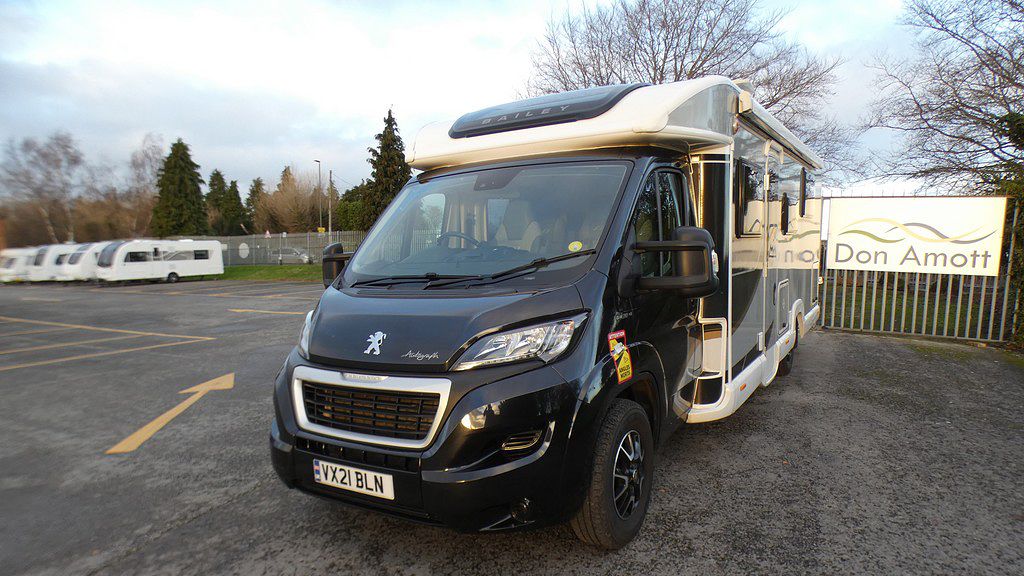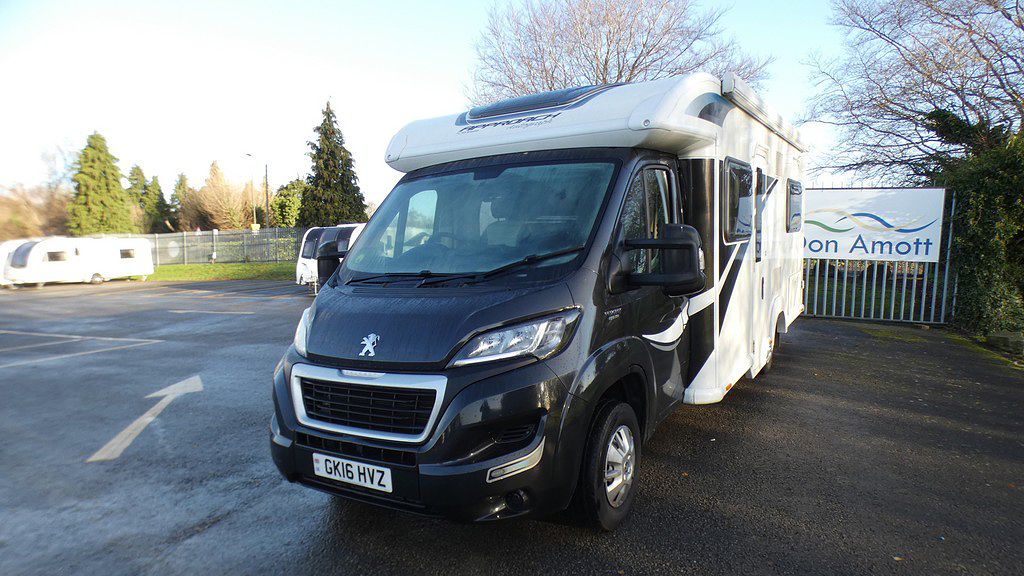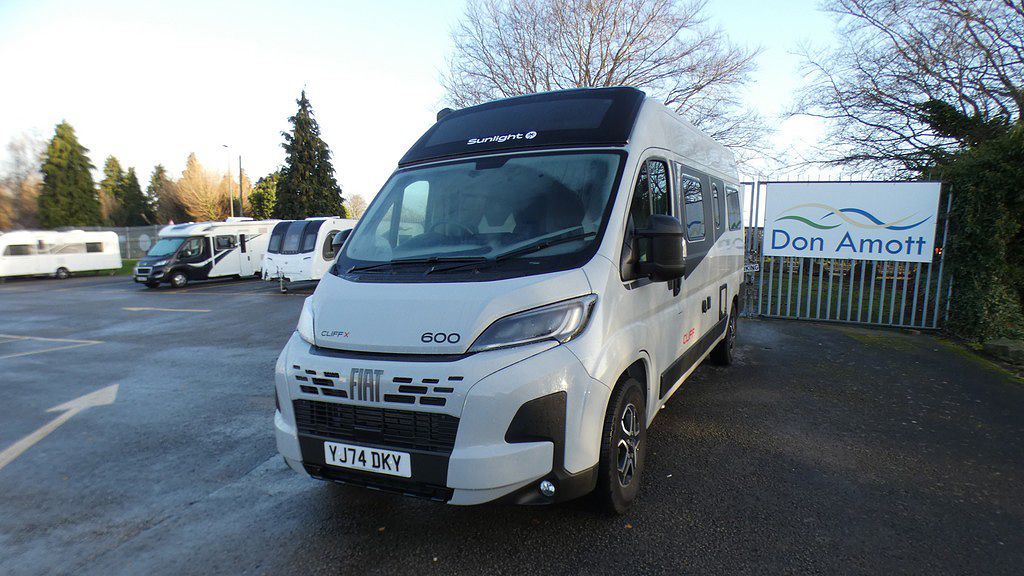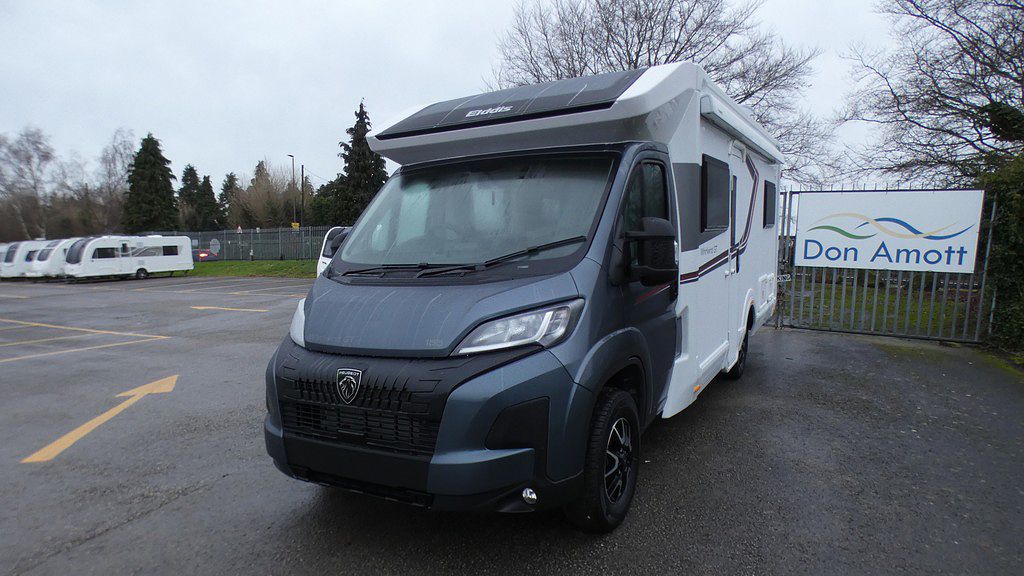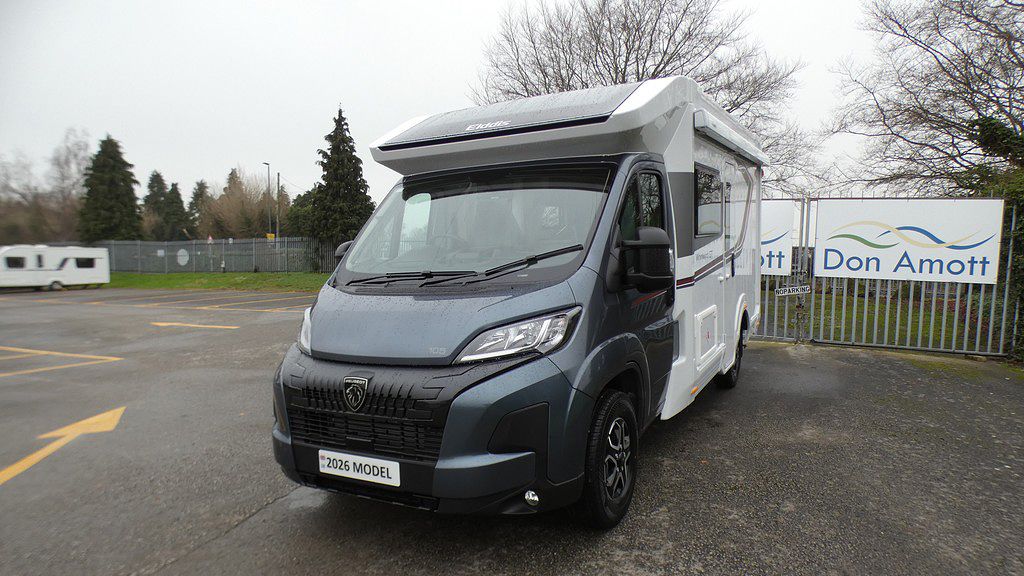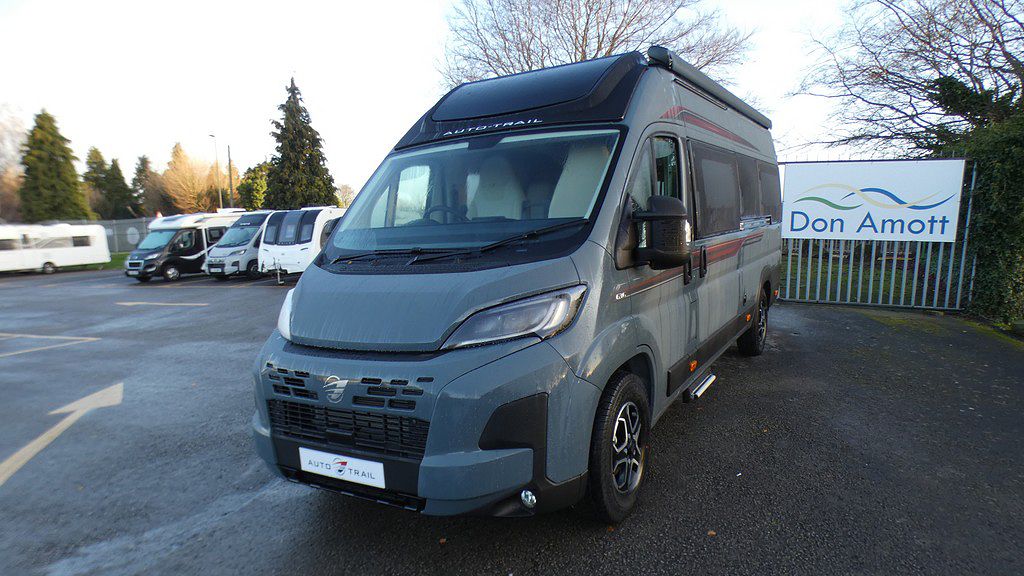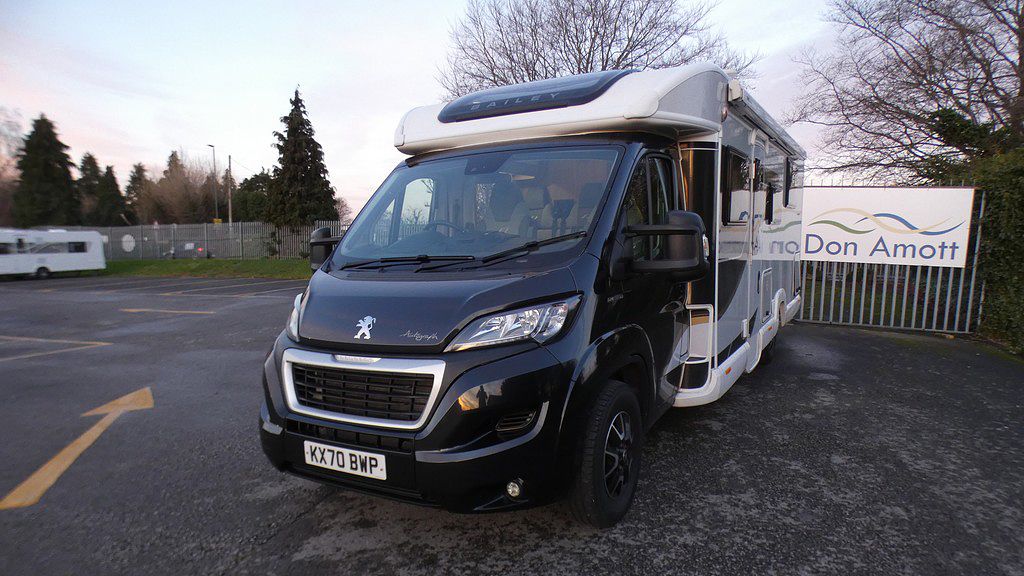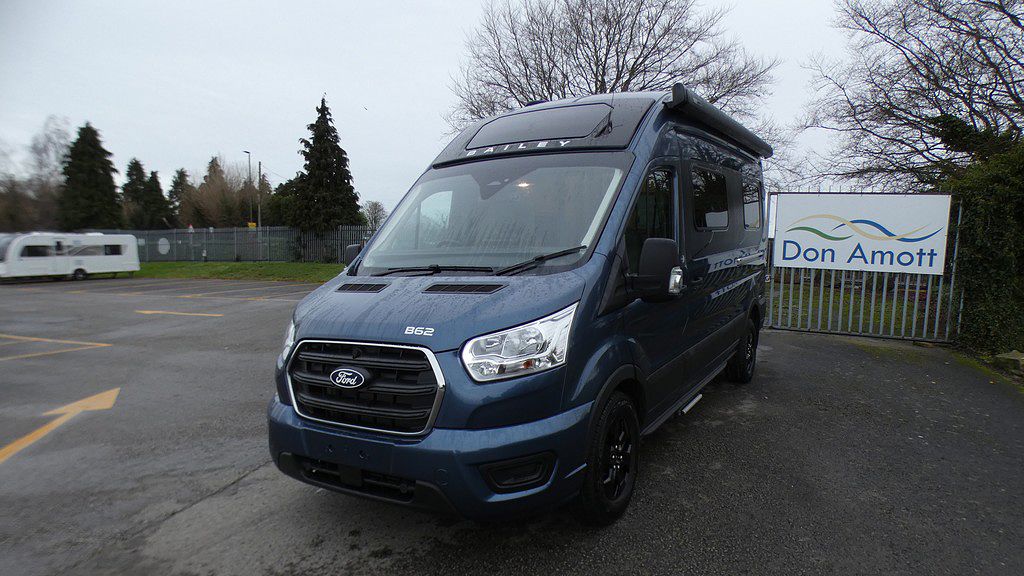Motorhome Heating: Our Guide to Keeping Warm
4 minutes well spent

Staying warm in winter is one of the most important things we can do, as human beings. It is, in fact, essential – not just for comfort but for health and for our biological operating efficiency. It’s also important to stay warm at night, after the sun has calmed and the temperature drops. It follows easily, then, that it’s crucial to keep warm when you’re in your motorhome, whether you’re out in winter or spending relaxing evenings on the road in summer. A snug and well-heated motorhome will transform the experience of living and exploring into a consistently comfortable delight. In this edition of our blog we’ll explore ways to ensure that motorhome heating is easy.
Do motorhomes get cold at night?
In general, the interior of your motorhome will always stay warmer than the temperature outside. Always remember to close windows before bedding down for the night, and make sure you have adequate bedding to keep you cosy too. Using the vehicle’s heating system may not be an option during sleeping hours due to power issues (i.e. if you are not at a camp site with hook-up, using onboard power may not be something you want to do).
Heating systems
All modern motorhomes are manufactured with consideration for the comfort of passengers. It’s essential that the internal environment is appealing, and most motorhomes have integrated heating systems. There are insulation materials fitted or used in the construction of the shell (walls, ceiling, floors) plus double-glazed windows.
The heart of a motorhome’s heating system lies in a compact gas or diesel-powered unit which is usually tucked away conveniently under a seat or within a cupboard of some kind. Higher-end motorhomes may even feature an intelligent thermostat triggering the heating mechanism when the interior temperature dips below a pre-set level. Sometimes, these days, a motorhome heating system can even be controlled remotely via an app on your smartphone or tablet.
Types of heating for a motorhome
There are various types of heating system used by manufacturers in the construction of motorhomes, in addition to things you can put onboard yourself.
Hot water system
A hot water system uses, as the name suggests, water to heat the interior of a motorhome. A closed water circuit is heated which then uses heat exchangers to produce heat. Using a hot water system means it is possible to install underfloor heating. Hot water heating systems are expensive, and therefore manufacturers only tend to put them in larger or luxury motorhome models such as A-class vehicles. A hot water heating system is also physically heavier than an air heater, and therefore has an impact on the vehicle’s MAM.
Electric Heaters
In and of itself it’s not adequate for use as a full system, but using an electric fan heater is a fairly cheap way to boost the heating of your motorhome – although running one (or more) for extended periods of time is not recommended. Metal wires within a case unit are heated, with air fanned over them and into the interior. Electric fan heaters can really warm a space up in a short amount of time, and they are small, lightweight and easy to operate. They are also portable so it’s easy to keep the chill off any evening awning space too.
Infrared Heaters
This type of heater emits heat waves, though the heat generated is relatively modest. Infrared heaters are, again, very useful for using as a quick supplement to an onboard heating system for taking the chill off. Infrared waves will warm up surfaces close to the heater and can be plugged into a 220-volt power supply.
Winterising your motorhome
One of the most important things to consider when you own a motorhome is what you will do when it is off the road for the winter (unless, of course, you are out on the road in winter). Winterisation is the process of preparing your motorhome for the coldest season, to ensure it will cope with extended periods of reduced temperatures and degraded conditions (as well as with a period of time being hardstanding).
Should you leave your motorhome plugged in all winter?
It is not necessary to leave the motorhome plugged in all winter, but certainly you should use a domestic electrical supply to keep your batteries at optimum charge. Leaving motorhome batteries over winter without actually taking care of them means you are likely to come back to the vehicle when you next want to use it only to find them dead or, at best, in a very poor state of charge. During the winterisation process, if your motorhome is not attached to domestic electrical hook-up it will take power from the starter battery to maintain leisure batteries.
How do you prevent damp and mould in a motorhome?
It’s important to keep your motorhome free from damp, particularly during winterisation, as problems such as mould can develop. Using an absorber of some kind is advisable (there are products such as BirchSorb on the market which will really work in your favour by gathering moisture and ‘locking it in,’ therefore preventing serious problems). Other things you can do include checking for leaks at seals and vent points, cleaning the motorhome thoroughly before storing through winter, clearing out the fridge and cupboards etc. Once in a while, if the motorhome is parked up close to a domestic electrical supply, it’s worth running an electric or infra-red heater – though doing so unattended is not advised.
Whether you are intending to spend the season out on the road or with your vehicle nicely winterised and parked up in storage, it’s important to think about its heating. What will you need when you are travelling, and what will you need to do when the vehicle is off the road for a period of time? At Don Amott we stock many new and used motorhomes which have a variety of heating options for winter. Browse our website to see what’s available, or give us a call to arrange a viewing.
We’ve got 100s of new and used stock for you to discover
The ultimate home of motorhomes, campervans & caravans sales in Derbyshire.

